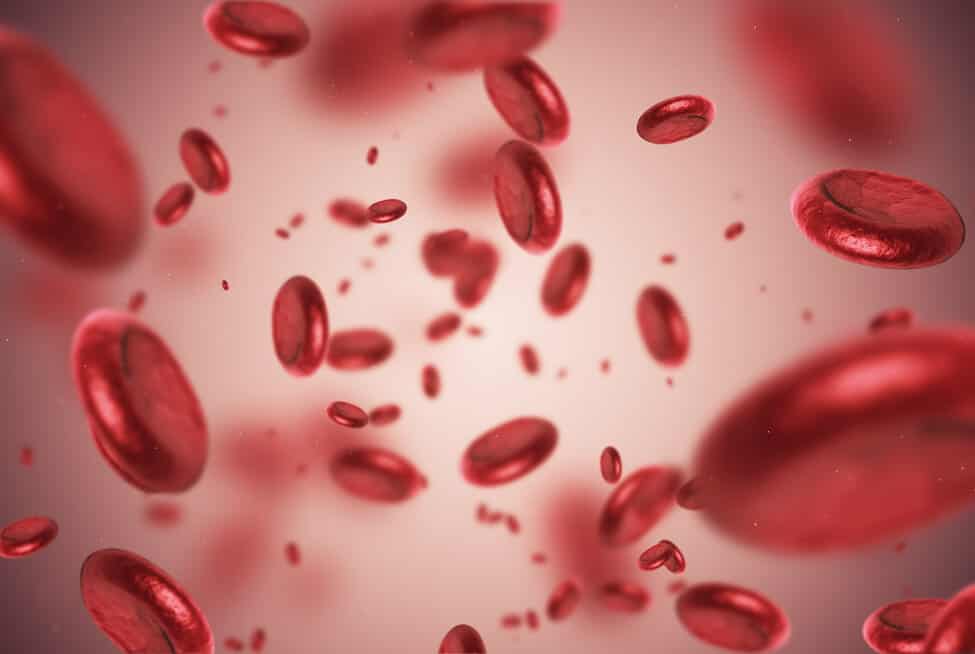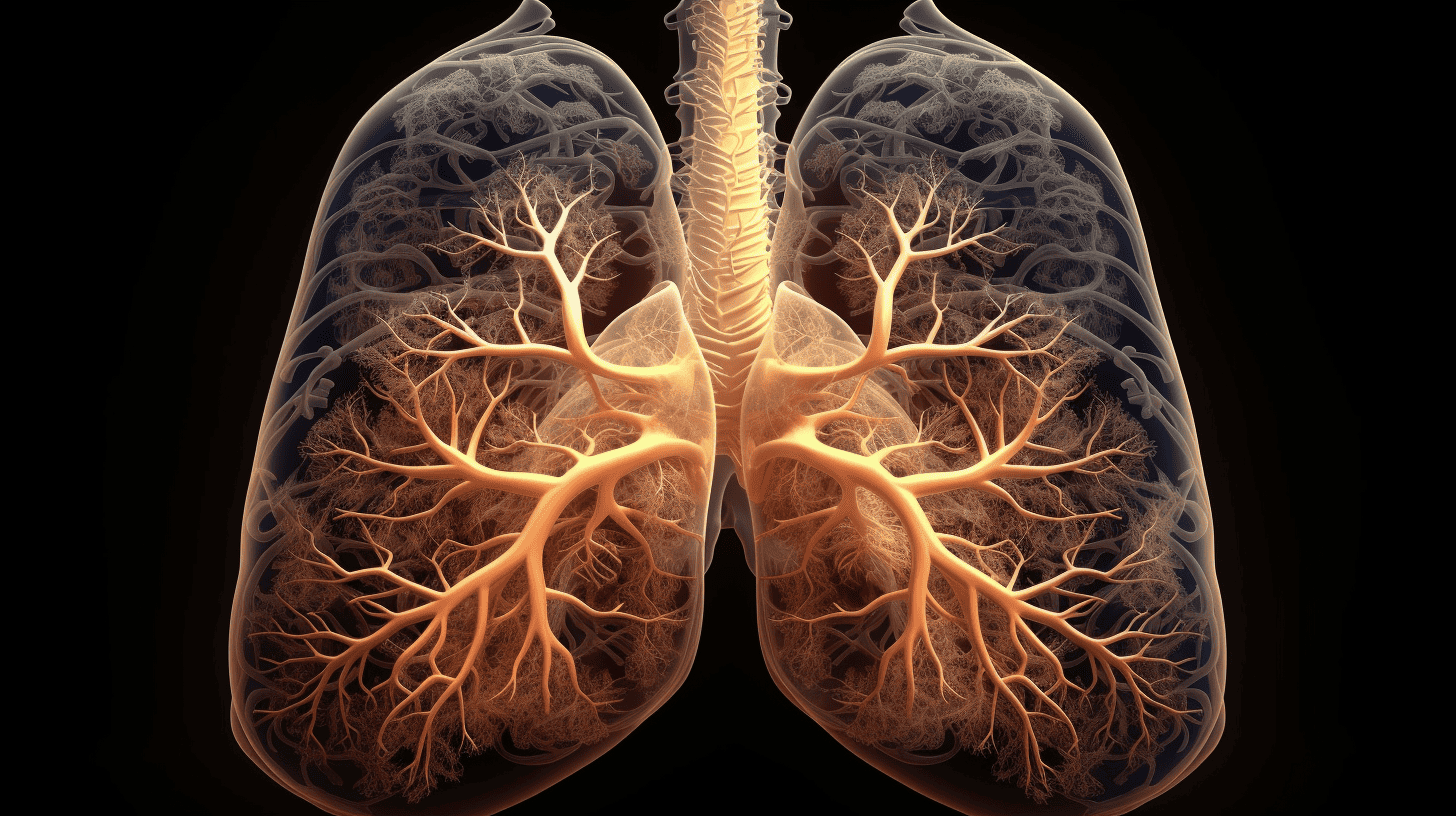
Radboud University Medical Center in Nijmegen, the Netherlands, is the first hospital in the European Union to start research into the effectiveness of robot assisted bronchoscopy for patients with early-stage lung cancer. The robot helps the doctor in the diagnosis and treatment of small abnormalities that lie deep in the lung.
- Radboud MC is the first in the EU to research robot-assisted bronchoscopy for early lung cancer diagnosis.
- The study examines if robotic bronchoscopy is safer, faster, and more precise than current methods.
From 1 January 2024, navigation bronchoscopy will be a recognized method covered in the basic package of health insurers. Using advanced imaging and a robotic bronchoscope, this technique helps spot minor abnormalities in the lung. This allows the doctor to remove a piece of the lung more precisely. Radboud UMC trains colleagues in other Dutch hospitals and supports them with implementing and applying these technologies. This has been made possible with a grant from the Dutch Cancer Society.
Lung cancer is one of the most common and deadliest forms of cancer. Every year, more than 14,000 new patients are diagnosed in the Netherlands. When found at an early stage, the disease can be treated. However, a developing tumor often does not cause symptoms and is only discovered by chance. For example, if for another reason, a CT scan checking the lungs is made. The number of scans is increasing, and as a result, doctors are finding abnormalities more and more often. The European Union is advising member states to start screening people at increased risk of lung cancer.

Personal roadmap
Erik van der Heijden, Professor of Interventional Pulmonology: “In this new study, we investigate the effectiveness of robot-assisted bronchoscopy in combination with current advanced imaging technology. We make a personal ‘roadmap’ for each patient of the airway branches that lead to the abnormality in the lung. The doctor controls this ‘robotic bronchoscope. With the help of sensitive technology the flexibility and controllability of this bronchoscope, we can now reach the finest airway branches, deep in the lung. We expect this method to be even better and more precise than the current method, but we want to investigate that.”
Surplus value
In this study, Van der Heijden and his colleagues want to investigate the safety and added value for the patient. They compare the results with identical procedures of the navigation bronchoscopy without the use of the robot. They also want to find out very precisely whether the use of this technology translates into benefits for the Dutch healthcare system, such as a faster procedure, shorter learning curve, and better accessibility. Finally, they look at cost-effectiveness if the procedure can be used optimally.







